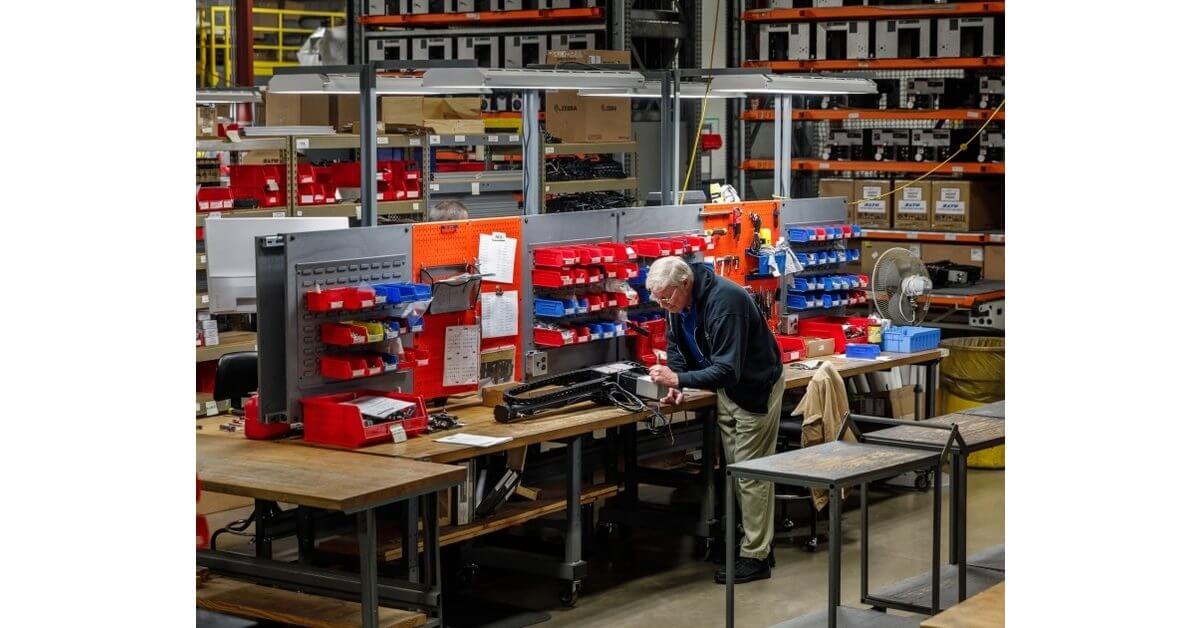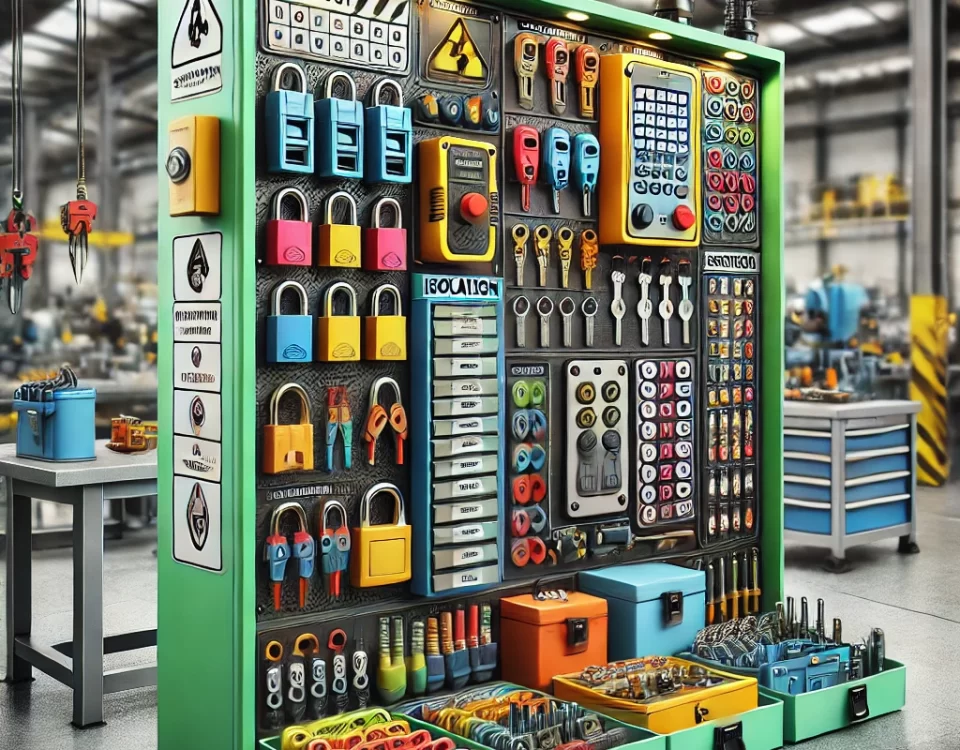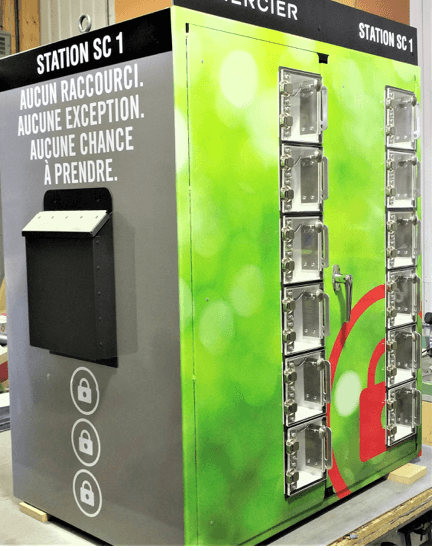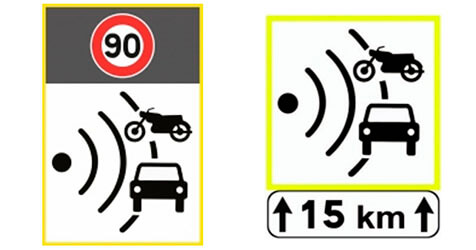
Elevating Workplace Safety: The Role of Task-Based Machine Risk Assessments
July 18, 2022
Enhancing Industrial Safety: Comprehensive Guide to Lockout Procedures
July 18, 2022
Elevating Workplace Safety: The Role of Task-Based Machine Risk Assessments
July 18, 2022
Enhancing Industrial Safety: Comprehensive Guide to Lockout Procedures
July 18, 2022In the fast-paced manufacturing industry, precise product labeling is a cornerstone of operational success. As automated processes become more sophisticated, the demand for label quality that mirrors the precision of manufactured components is greater than ever. Beyond compliance, accurate labeling is a key enabler of a seamless supply chain, ensuring that products are properly identified and quantified. This not only safeguards customer trust but also supports efficient manufacturing and assembly operations.
Overcoming Labeling Challenges in Manufacturing
Labeling errors—such as mismatched part numbers or incorrect container labels—can cause significant setbacks. For customers, these mistakes lead to non-compliance issues and erode credibility. Internally, they create logistical bottlenecks, disrupt inventory management, and slow operations. Moreover, accurate labeling is vital for maintaining the integrity of Electronic Data Interchange (EDI) Automatic Shipping Notices (ASNs) and ensuring seamless inventory control.

Foundations of an Effective Labeling Strategy
To ensure consistent and error-free labeling, manufacturers should adhere to several core principles:
- Centralized Data Capture: Gather essential product data once and reuse it across the labeling process.
- Integration with Systems: Synchronize labeling processes with warehouse management systems (WMS) to streamline operations.
- Operational Benefits: These practices help minimize inventory costs, enhance material management, and improve cash flow.
Accurate and timely labeling also aids in quality control by allowing quick identification and segregation of defective parts and ensuring robust traceability throughout the product lifecycle.
Best Practices for Modern Manufacturing Labeling
Implementing efficient labeling systems involves several actionable steps:
- Real-Time Label Application: Apply labels directly at or near the production line to reduce delays.
- Barcode Technology: Leverage barcodes for precise product identification and inventory management.
- Customer-Centric Labeling: Maintain a centralized database of customer-specific label requirements to ensure compliance.
By adopting these best practices, manufacturers can significantly reduce labeling errors, improve operational efficiency, and enhance product traceability.
Partner with EZSecur for Labeling Excellence
In today’s competitive manufacturing landscape, effective labeling isn't just a necessity—it's a strategic advantage. By optimizing labeling practices, manufacturers can enhance accuracy, efficiency, and customer satisfaction. For tailored solutions in industrial safety, signage, and workplace safety, trust EZSecur. Visit us at www.ezsecur.com to explore how we can support your labeling and safety needs.





